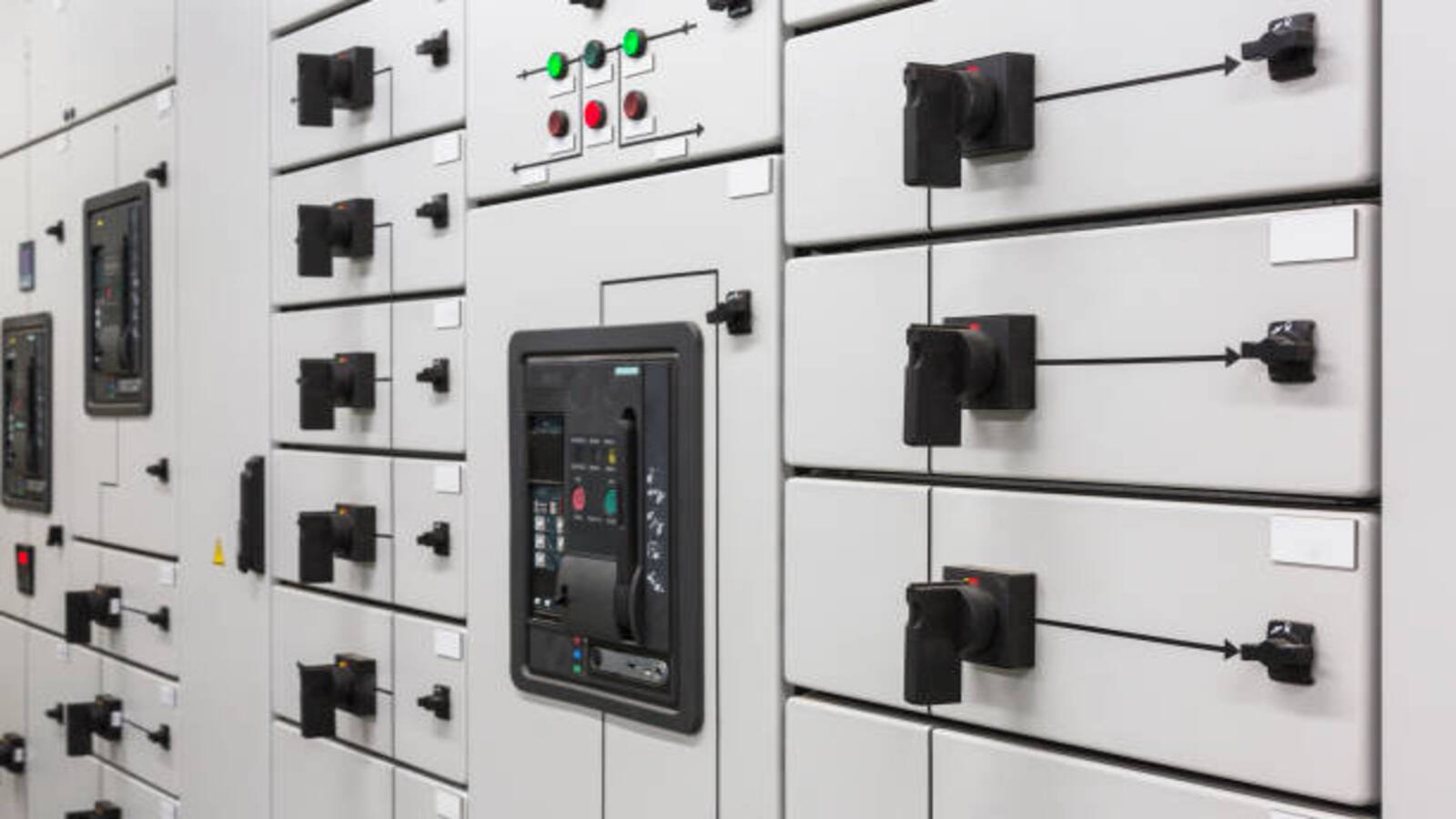The Importance of Welding in Switchgear Mechanical Part Assembly
Switchgear mechanical parts are crucial elements of power transmission and distribution systems. These parts are responsible for ensuring the safety and reliability of power distribution, making them vital components of the electrical industry. This article will explore The Role of Welding in the Assembly of Switchgear Mechanical Parts and its impact on the durability and functionality of these components.
What is Switchgear Mechanical Part Assembly?
Switchgear mechanical part assembly involves the fitting of various mechanical components such as bus bars, connectors, insulators, and other hardware parts into switchgear enclosures. These parts work together to form a functional electrical power distribution mechanism that is safe and reliable. As such, proper assembly of switchgear mechanical parts is vital for ensuring optimal performance and safety.
The Role of Welding in Switchgear Mechanical Part Assembly
Welding plays a crucial role in the assembly of switchgear mechanical parts. It is used to join metal parts such as bus bars and connectors, which are essential elements of switchgear assemblies. The use of welding ensures that these parts are securely fastened together and that electrical conductivity is maintained throughout the assembly, resulting in a safe and reliable switchgear assembly.
The Benefits of Welding in Switchgear Mechanical Part Assembly
Welding has several benefits when it comes to switchgear mechanical part assembly. Firstly, it is a cost-effective method of joining components. Welding reduces the need for additional parts such as fasteners, which can significantly increase the cost of production. Secondly, welding provides greater strength and durability compared to other methods of joining components.
Types of Welding Used in Switchgear Mechanical Part Assembly
Two primary types of welding are used in switchgear mechanical part assembly. These are Tungsten Inert Gas (TIG) welding and Metal Inert Gas (MIG) welding. TIG welding is used for precision welding, whereas MIG welding is used for larger parts and high production rates. The use of both types of welding depends on the specific switchgear assembly requirements and the design specifications.
Challenges in Welding Switchgear Mechanical Parts
Despite the benefits of welding in switchgear mechanical part assembly, there are also challenges associated with the process. One of the main challenges is the high precision required to ensure proper alignment and fitment of the welding portion. Welding bus bars and other components require precise positioning to ensure electrical conductivity and safety. Poor welding technique can lead to quality control issues and product failures down the line.
The Importance of Quality Control in Welding Switchgear Mechanical Parts
In switchgear mechanical part assembly, quality control is essential to ensure the safety and performance of the final product. Proper welding technique and stringent quality control measures are necessary to ensure that the switchgear assembly will perform as specified. Welding defects such as porosity, cracks, and underfilling must be identified and rectified before switchgear assemblies are released into the market.
The Role of Welding Professionals in Switchgear Mechanical Part Assembly
Welding professionals play a vital role in switchgear mechanical part assembly. Their expertise in welding techniques and quality control measures are crucial for ensuring that switchgear assemblies meet the necessary standards for safety, reliability, and performance. The use of certified welding professionals in switchgear mechanical part assembly is paramount to guarantee the quality of the final product.
The Future of Welding in Switchgear Mechanical Part Assembly
As technology advances, so does the role of welding in switchgear mechanical part assembly. New welding methods and automation systems are being developed to enhance the speed and efficiency of the welding process while improving product quality. With these developments, the future of welding in switchgear mechanical part assembly looks promising, and we can expect to see continued improvements in safety, reliability, and performance of switchgear assemblies.
Conclusion
Switchgear mechanical part assembly is a critical element of power distribution systems, and welding plays a vital role in ensuring safety, reliability, and performance. Welding provides a cost-effective and durable method of joining components, as well as ensuring electrical conductivity throughout the assembly. Quality control measures are necessary to identify welding defects and ensure that switchgear assemblies meet the necessary safety standards. The use of certified welding professionals is necessary for ensuring that switchgear assemblies are of the highest quality.

